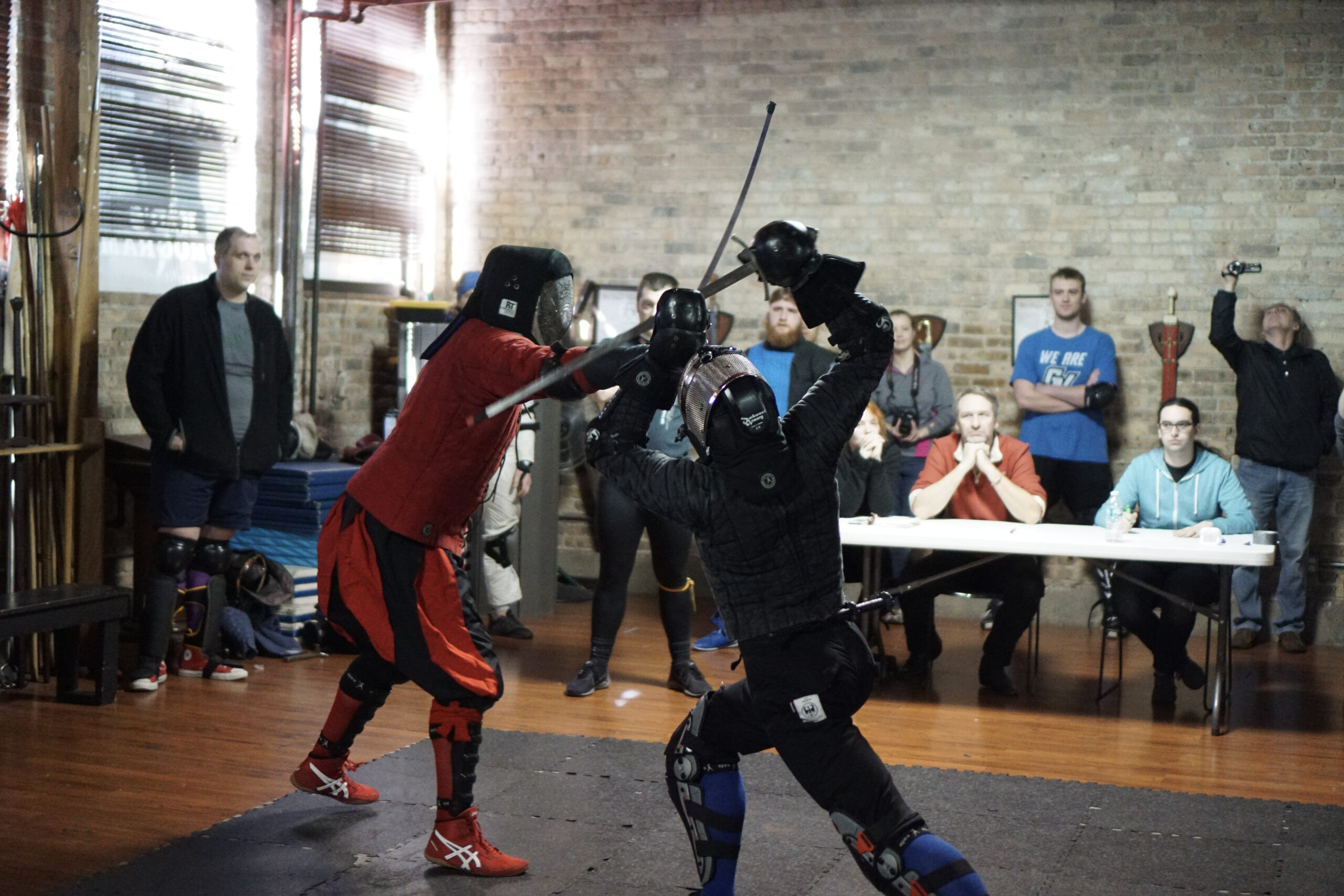What Skills Can Be Developed Through Historical Combat Forms?
Historical combat forms, also known as martial arts or fighting techniques practiced in ancient times, are more than just physical activities. These forms help individuals develop a wide range of skills that can be applied to both personal growth and everyday life. By studying historical combat, including Historical European Martial Arts (HEMA), practitioners gain physical, mental, and emotional benefits that extend beyond self-defense. Whether it’s sword fighting, archery, or hand-to-hand combat, each historical combat form brings a unique set of challenges and opportunities for growth.
Physical Conditioning and Strength
One of the most immediate benefits of engaging in historical combat forms is the improvement of physical conditioning. These practices often require a combination of strength, flexibility, and endurance. For example, sword fighting involves swift movements that strengthen the upper body and core. Meanwhile, techniques like grappling and wrestling enhance flexibility, stamina, and overall fitness. In each of these activities, the body learns to adapt to varied physical challenges, which results in improved coordination, muscle tone, and cardiovascular health.
Discipline and Focus
When practicing any form of historical combat, discipline is essential. Combat forms often have strict training regimens and routines that demand a high level of focus. Whether learning precise sword strikes or mastering the timing of a bowshot, practitioners must stay focused and dedicated. This consistent focus builds mental discipline, which carries over into other areas of life, such as work, studies, and personal relationships. The structured training environment also teaches perseverance, helping individuals to push through challenges and improve their skills over time.
Self-Confidence and Resilience
Engaging in historical combat forms often involves overcoming physical and mental challenges. As practitioners master techniques, they gain confidence in their abilities. The sense of accomplishment that comes from learning new skills—whether it’s executing a flawless sword strike or successfully defending against an opponent—boosts self-esteem. Resilience is also cultivated through these practices. Combat training often requires overcoming obstacles, including injuries or difficult techniques. Over time, practitioners develop a mindset that embraces setbacks as opportunities for growth, leading to greater emotional resilience.
Tactical Thinking and Strategy
Many historical combat forms, especially those involving weapons like swords or spears, require advanced strategic thinking. Practitioners learn how to assess their environment, predict opponents’ moves, and plan their attacks accordingly. This type of tactical thinking can be applied to many real-life situations, whether in business, sports, or personal challenges. Understanding the importance of timing, positioning, and foreseeing potential outcomes in a combat scenario sharpens one’s ability to think critically and make strategic decisions under pressure.
Mental Agility and Reflexes
Historical combat training isn’t just about strength; it’s also about reaction time and mental agility. Many forms involve quick reflexes, such as parrying or dodging an opponent’s attack. These actions help develop faster mental processing and improve overall reflexes. By constantly practicing these reactions, the brain learns to process information more quickly, leading to improved decision-making in high-pressure situations. These mental skills enhance a person’s ability to respond rapidly and accurately in all aspects of life, including in stressful situations where rapid problem-solving is necessary.
Historical and Cultural Understanding
Practicing historical combat forms often includes learning about the culture, history, and traditions behind these techniques. This knowledge helps deepen one’s understanding of the past and the people who developed these combat methods. Understanding the significance of a particular combat form and how it fit into the larger historical and cultural context adds an intellectual dimension to the practice. It encourages individuals to think about the evolution of combat and its impact on societies, helping them appreciate the role that historical fighting techniques played in shaping world history.
Teamwork and Collaboration
While many historical combat forms focus on individual performance, they also often emphasize the importance of working with others. For example, in traditional martial arts, practitioners often train in pairs to improve their sparring techniques and understand timing. Even in forms like archery or sword fighting, training with a partner helps improve the overall experience. These interactions build teamwork skills, as individuals learn how to communicate, collaborate, and adjust to their partner’s actions. These skills transfer well into team-oriented environments, both in professional and personal settings.
Emotional Control and Patience
Training in historical combat forms often involves dealing with emotions like frustration, fear, and anger. By learning to control these emotions, practitioners develop emotional intelligence and patience. Combat training teaches how to stay calm under pressure and how to react to stress in a controlled manner. This ability to maintain composure can be incredibly valuable in high-stress situations, whether in personal life or in professional scenarios. The patience developed through repetitive training and the gradual mastering of techniques is also invaluable in achieving long-term goals.
Self-Defense and Awareness
At its core, historical combat training equips individuals with essential self-defense skills. Whether through hand-to-hand techniques or the use of weapons, practitioners learn how to protect themselves in various scenarios. Beyond physical defense, the practice of historical combat also helps individuals develop situational awareness. The ability to read an opponent’s body language, anticipate attacks, and make split-second decisions is crucial not only in combat but in navigating daily life. This heightened awareness allows individuals to stay alert and make better decisions in potentially dangerous situations.
Conclusion
In conclusion, historical combat forms offer much more than just physical training. They provide a holistic approach to personal development, combining physical fitness, mental agility, emotional control, and strategic thinking. As practitioners engage in these ancient practices, they develop a wide range of skills that enhance various aspects of their lives. Whether for self-defense, fitness, or personal growth, historical combat forms offer valuable lessons that extend far beyond the training mat.














Post Comment